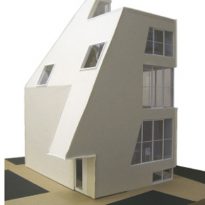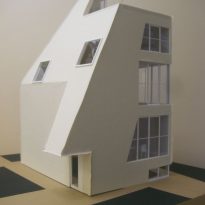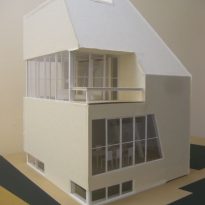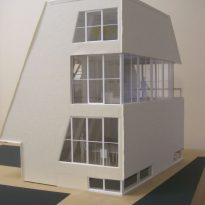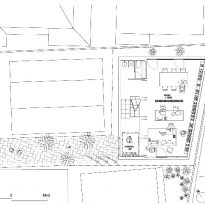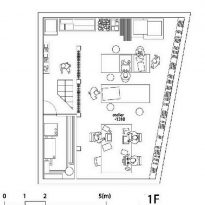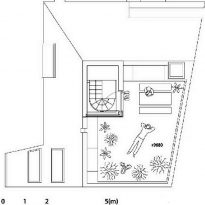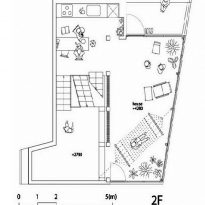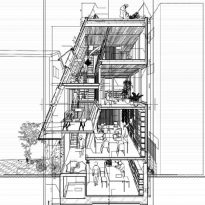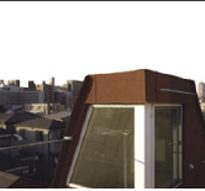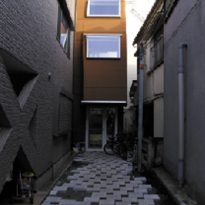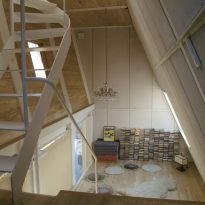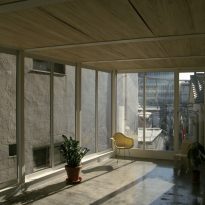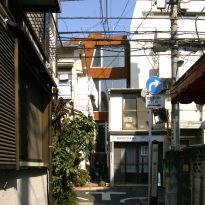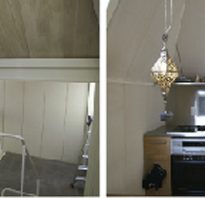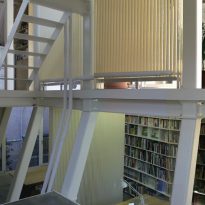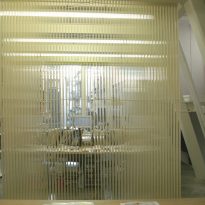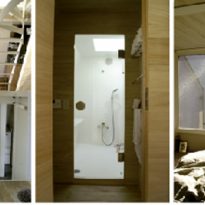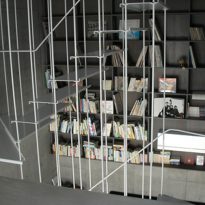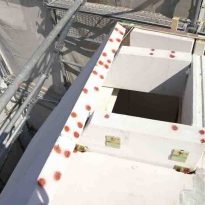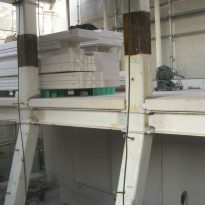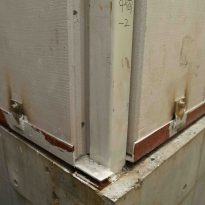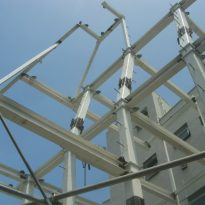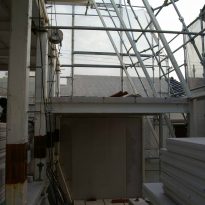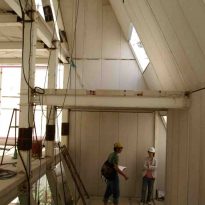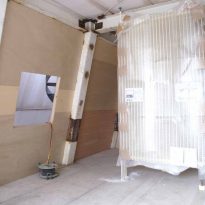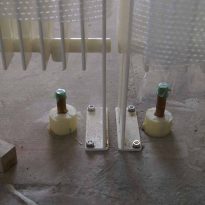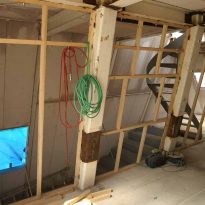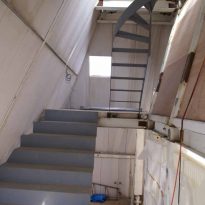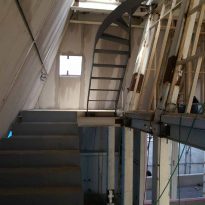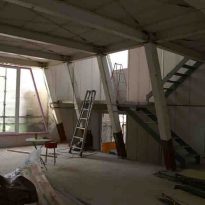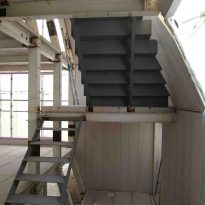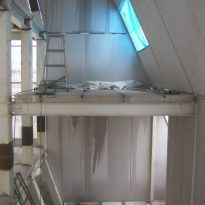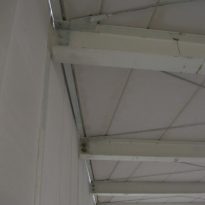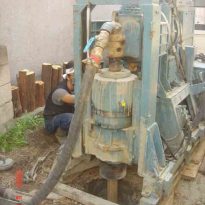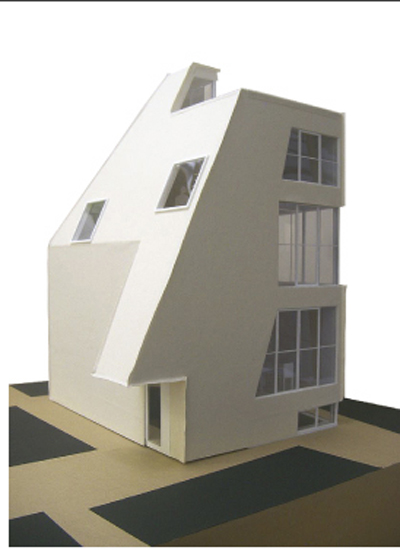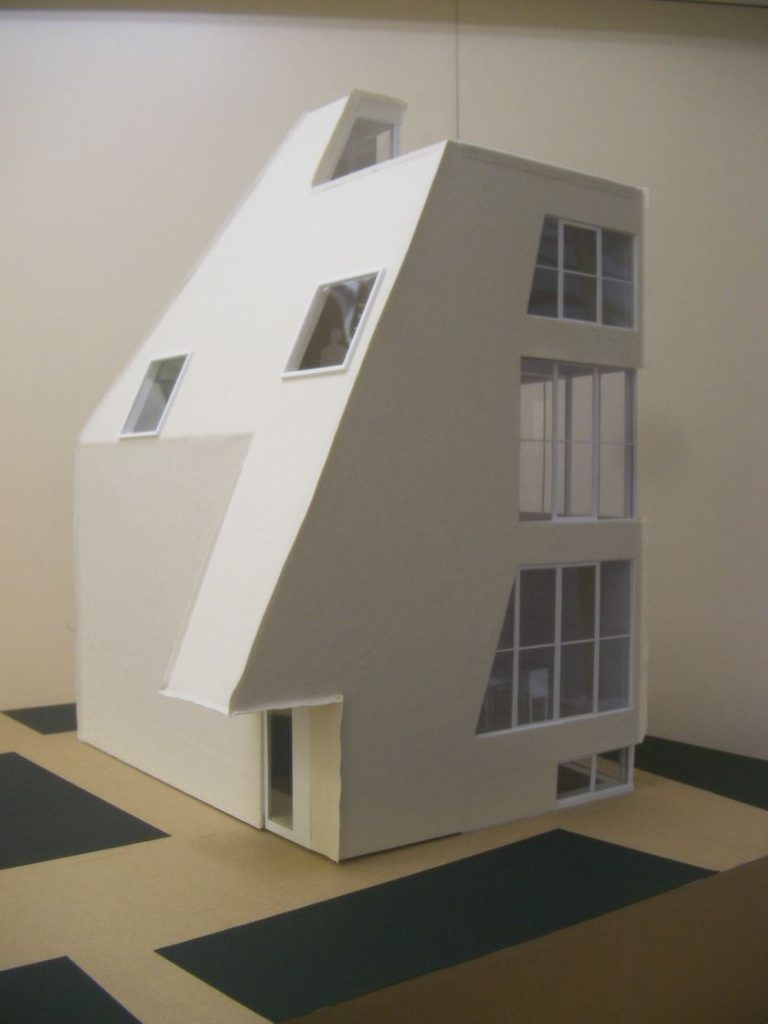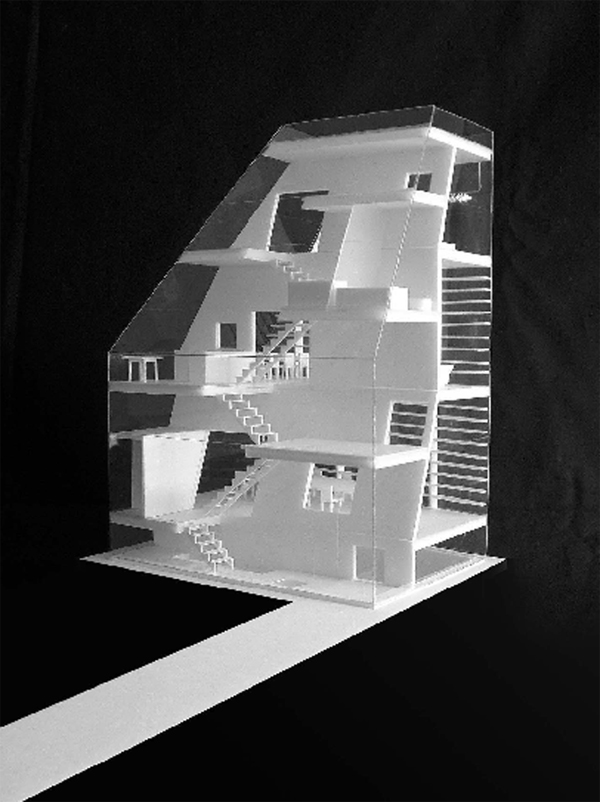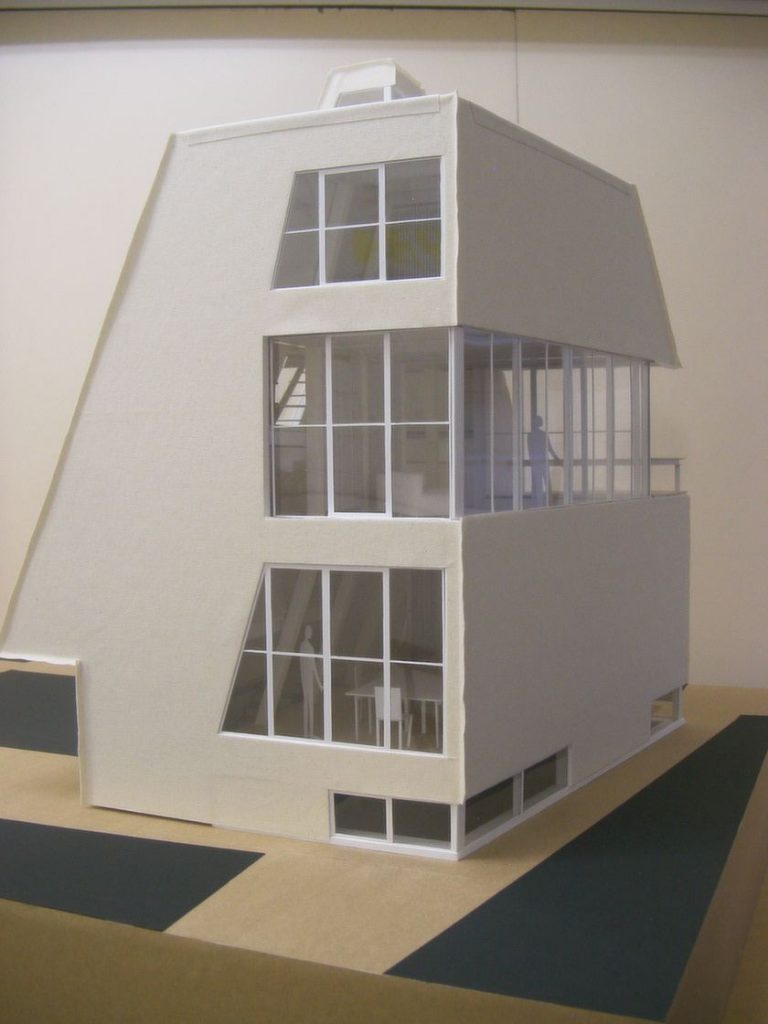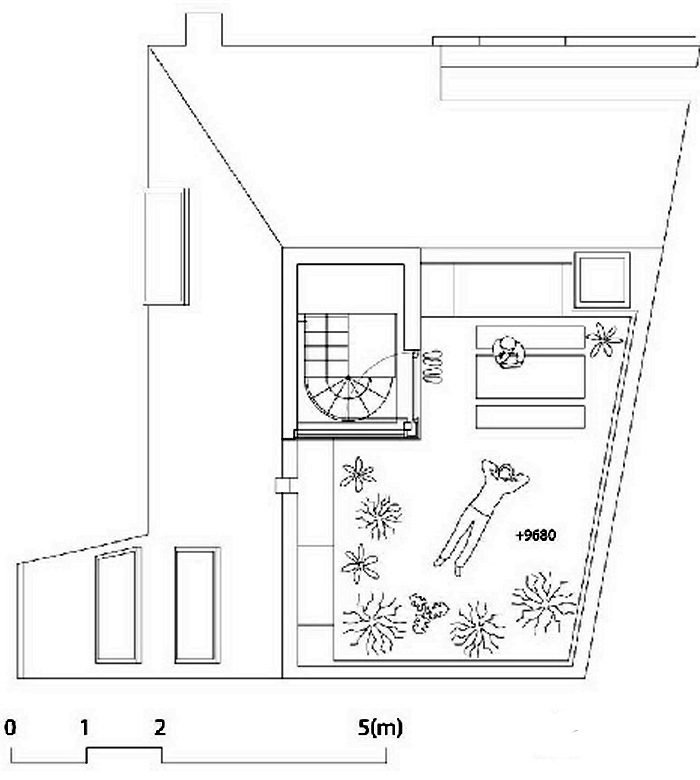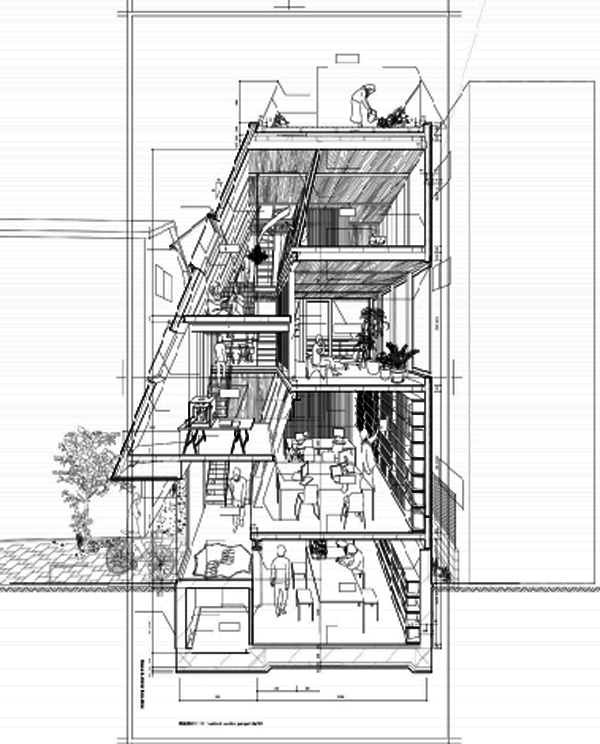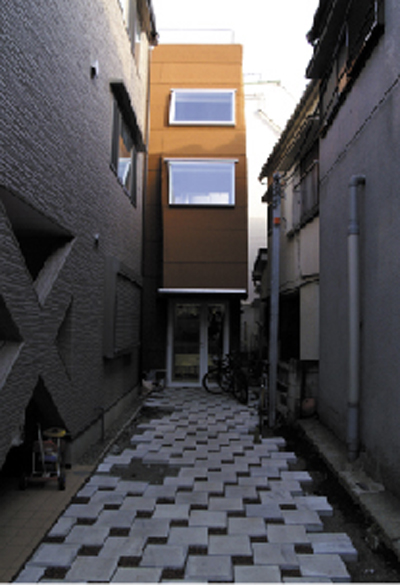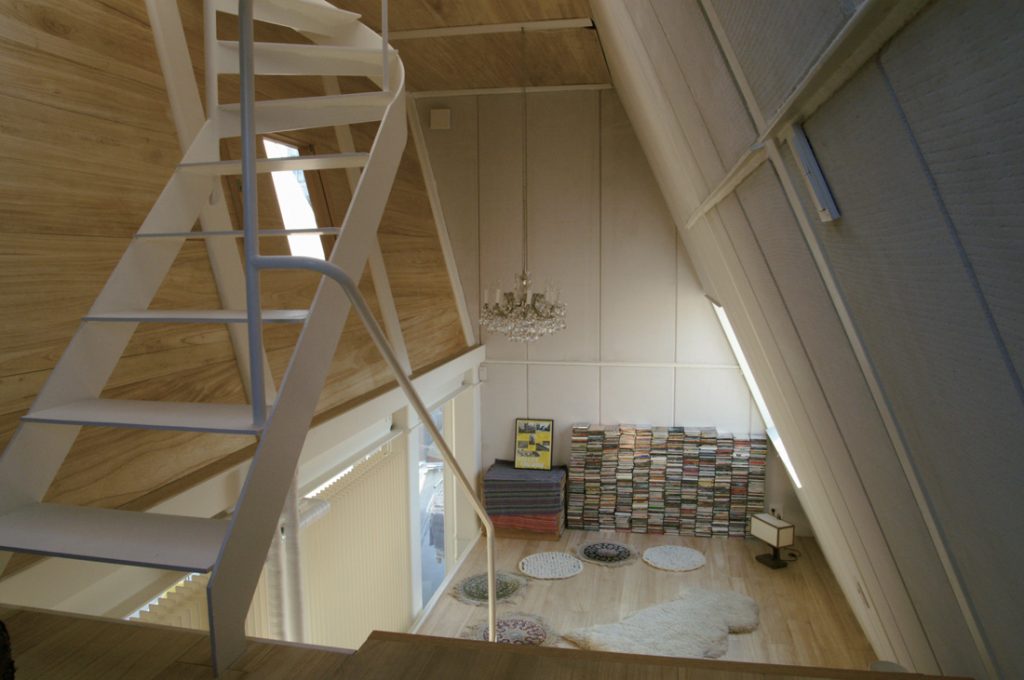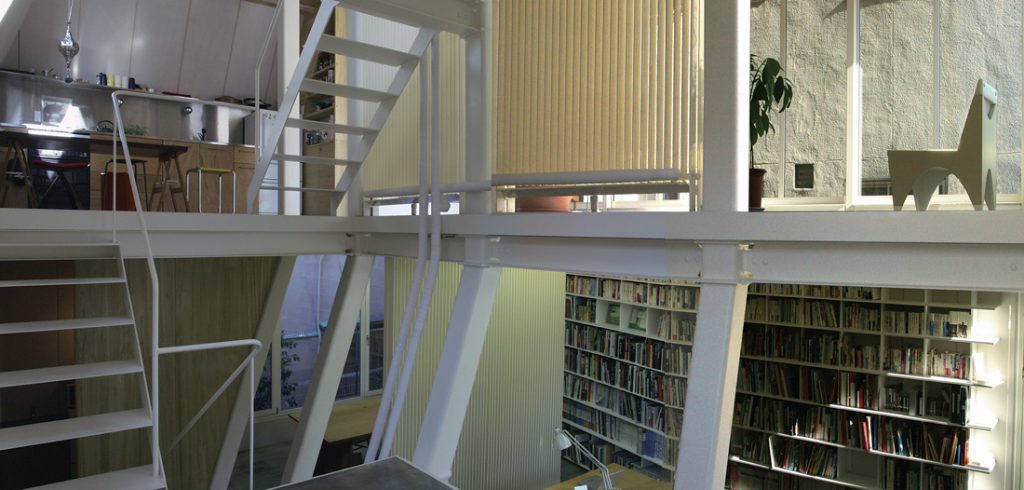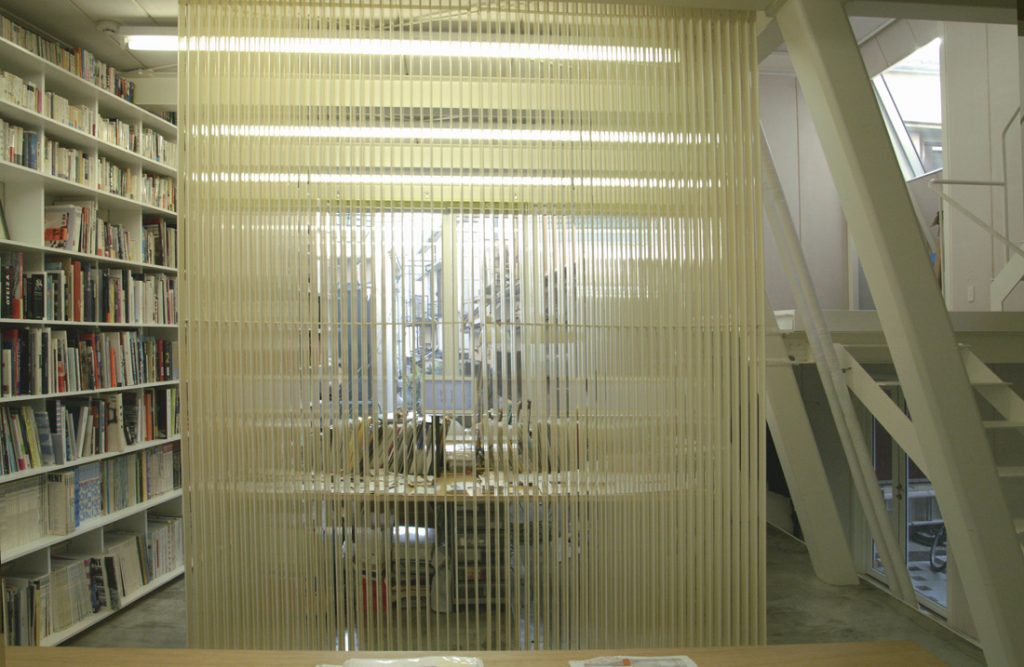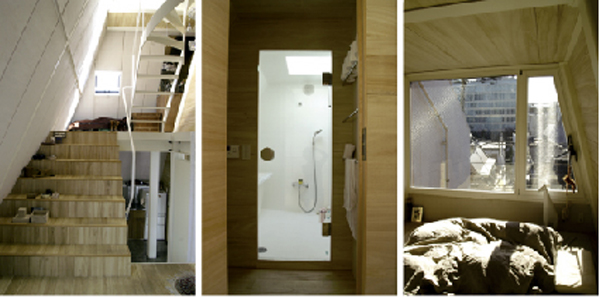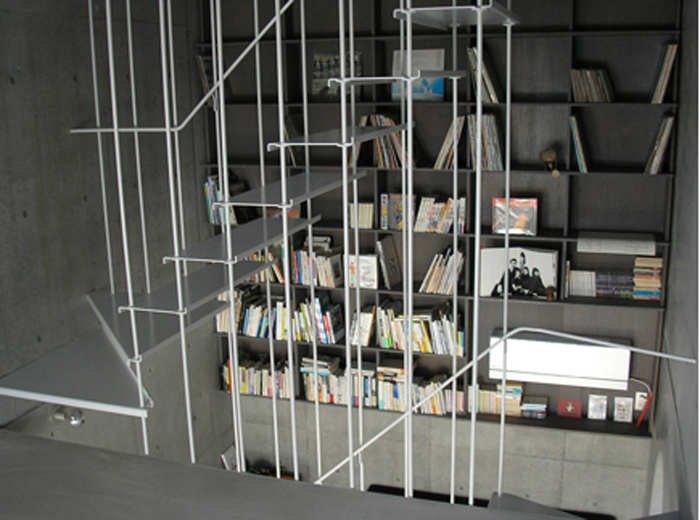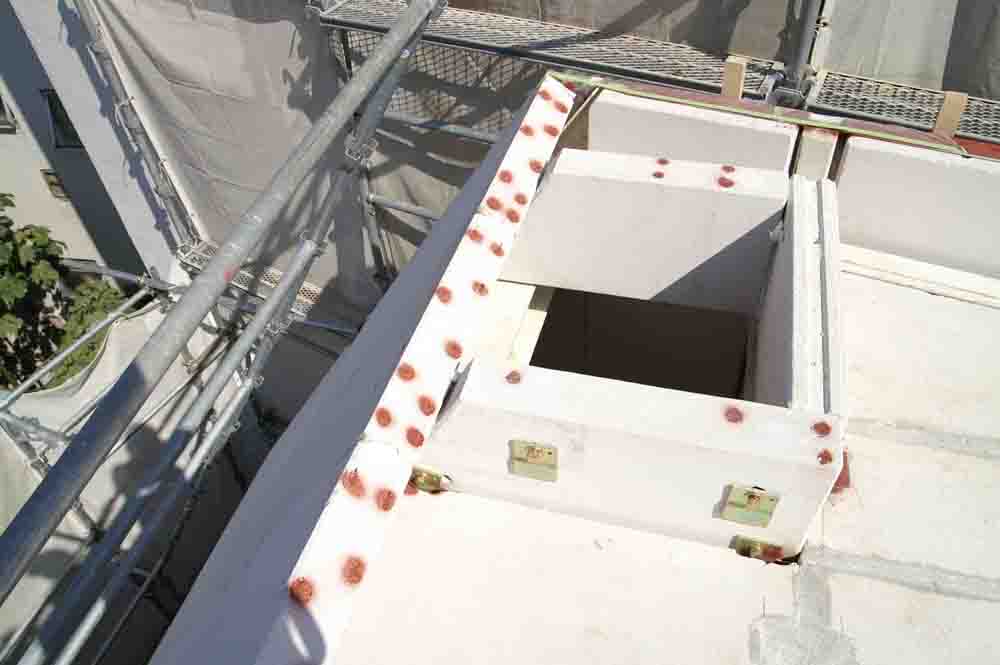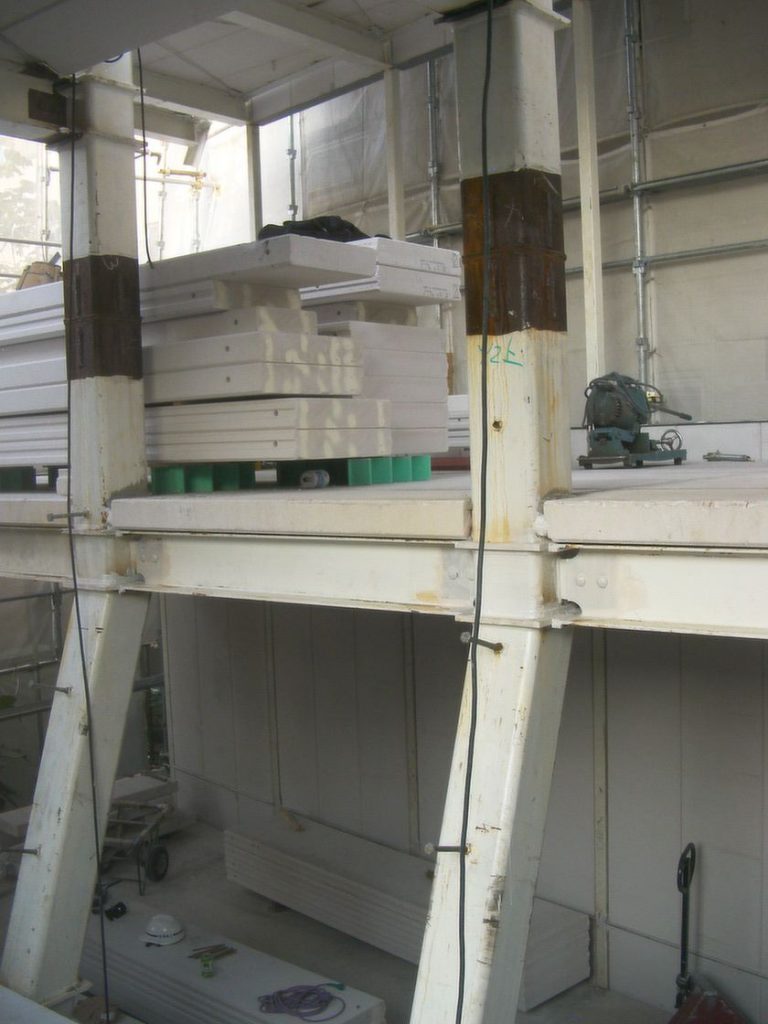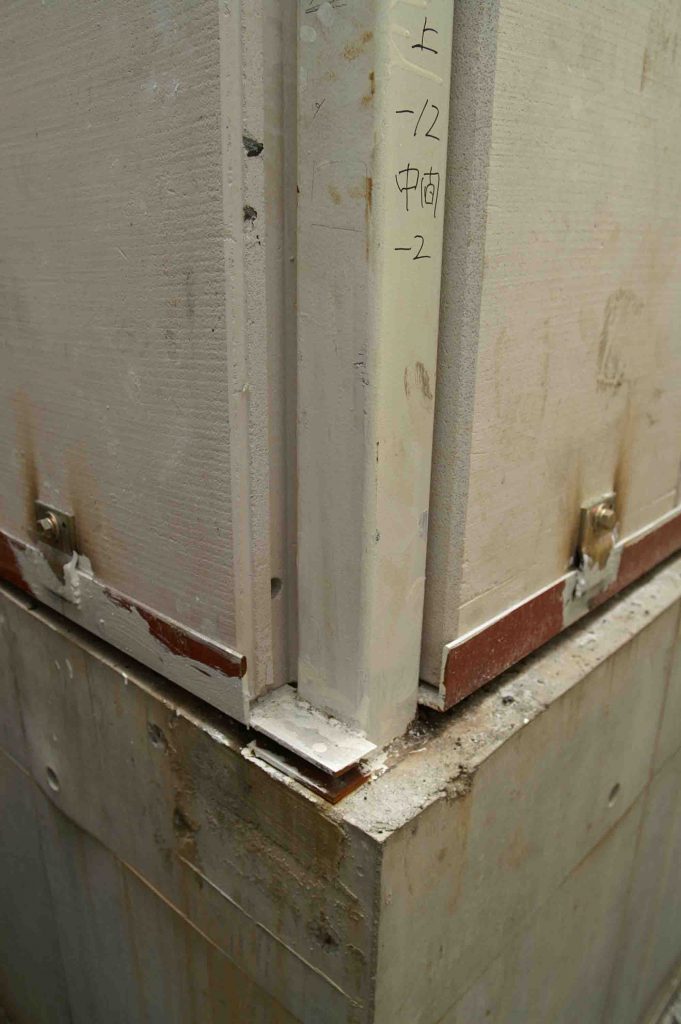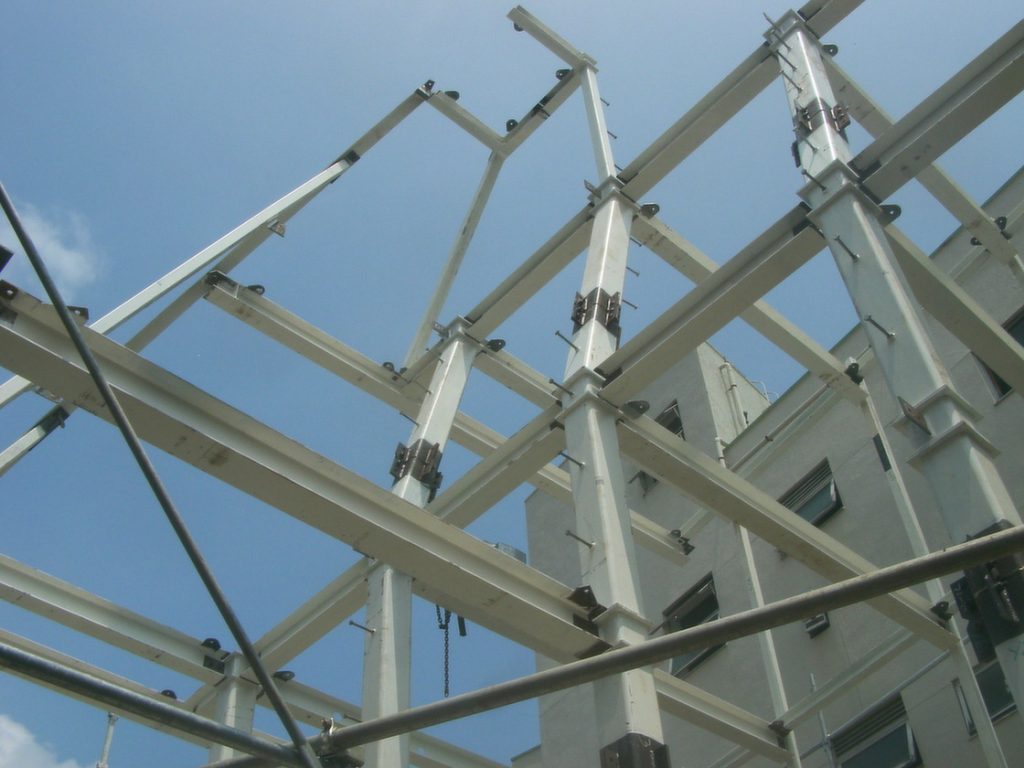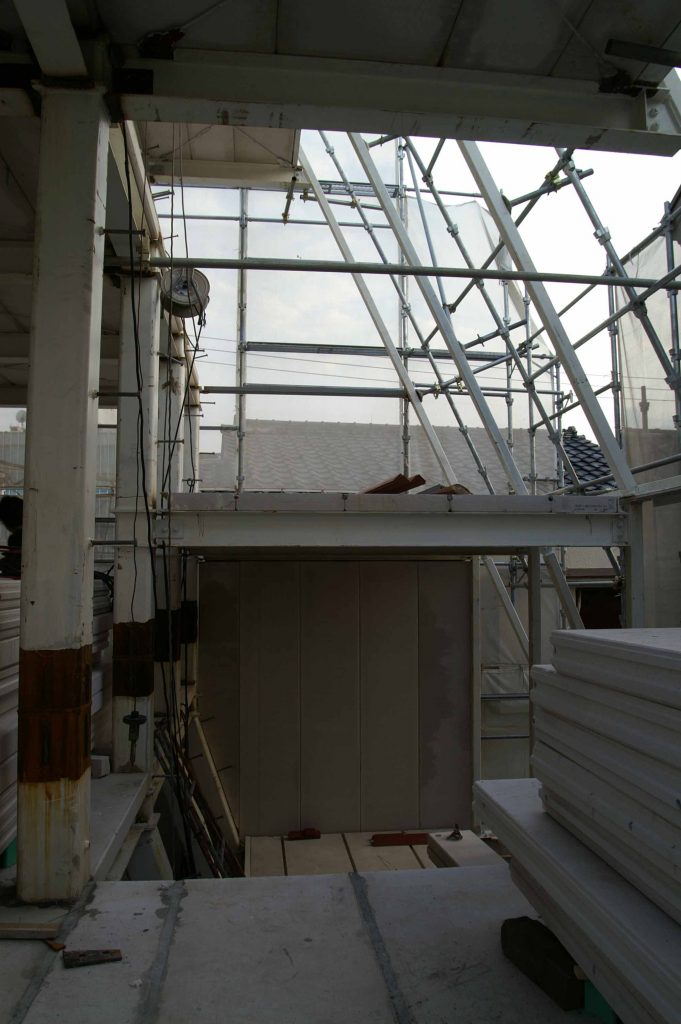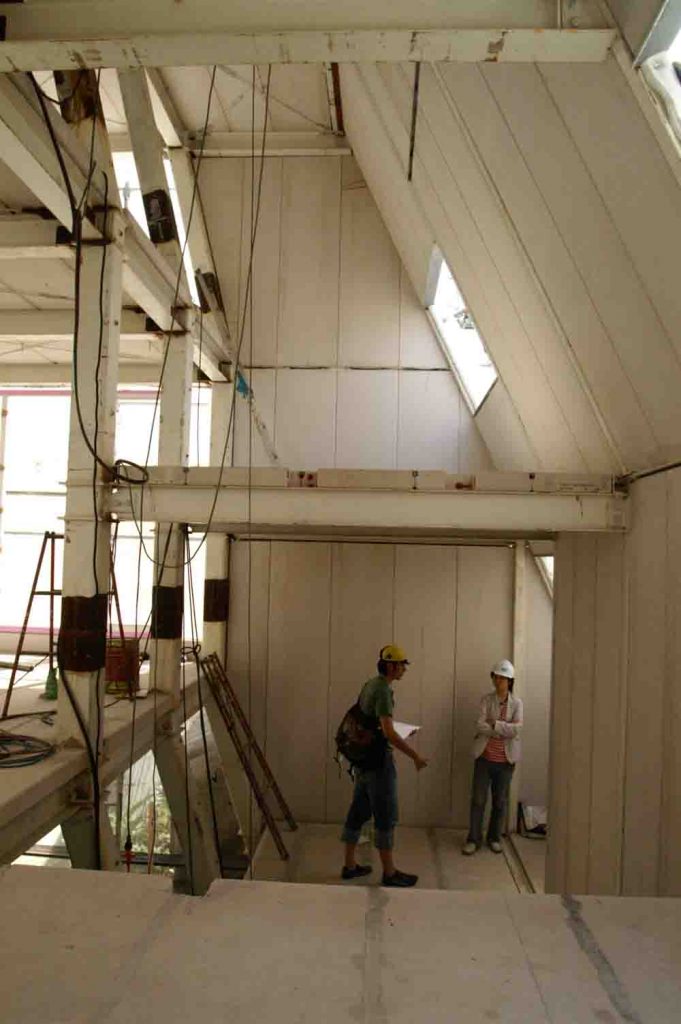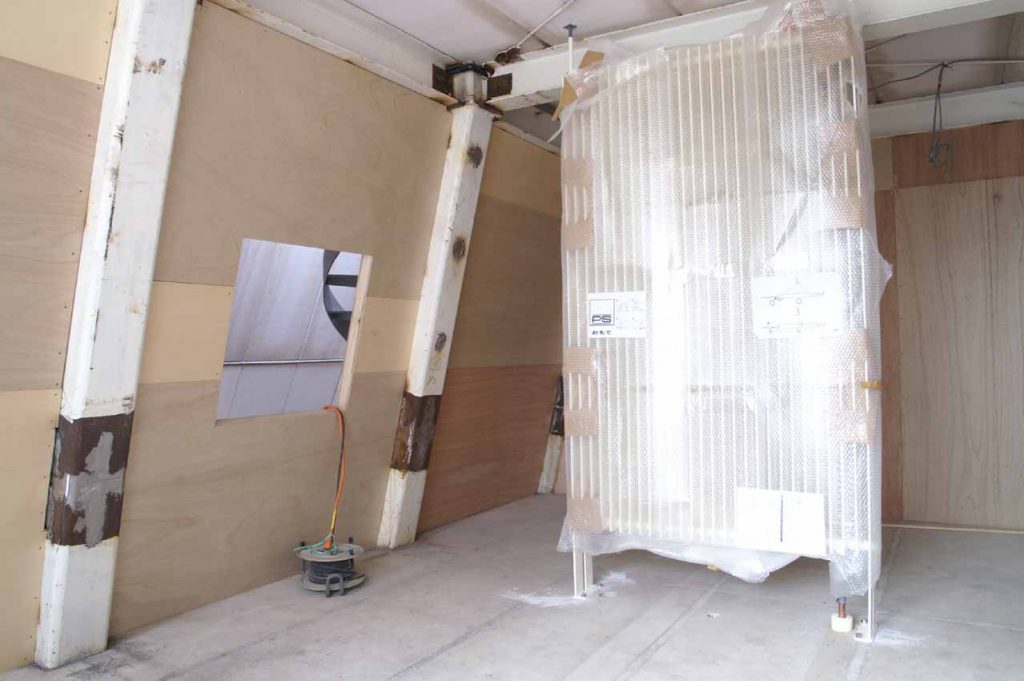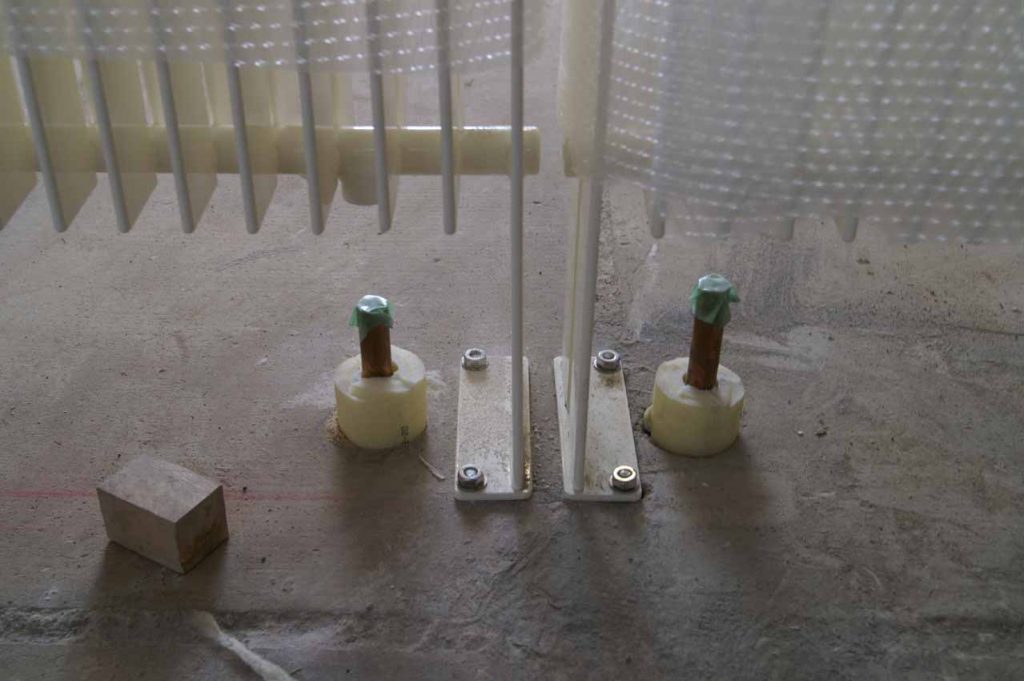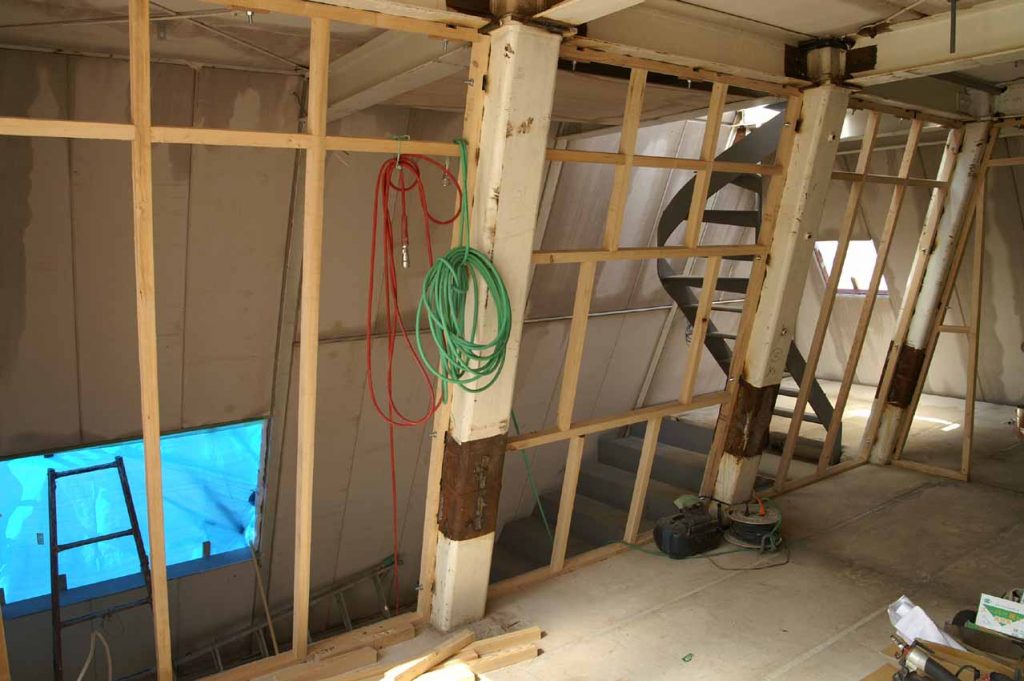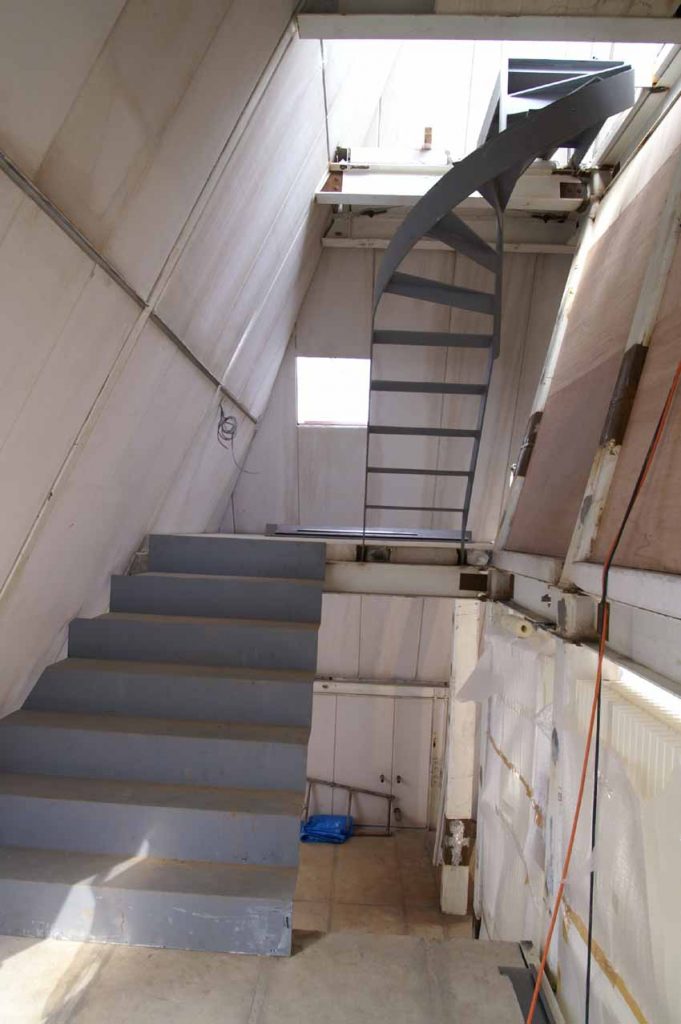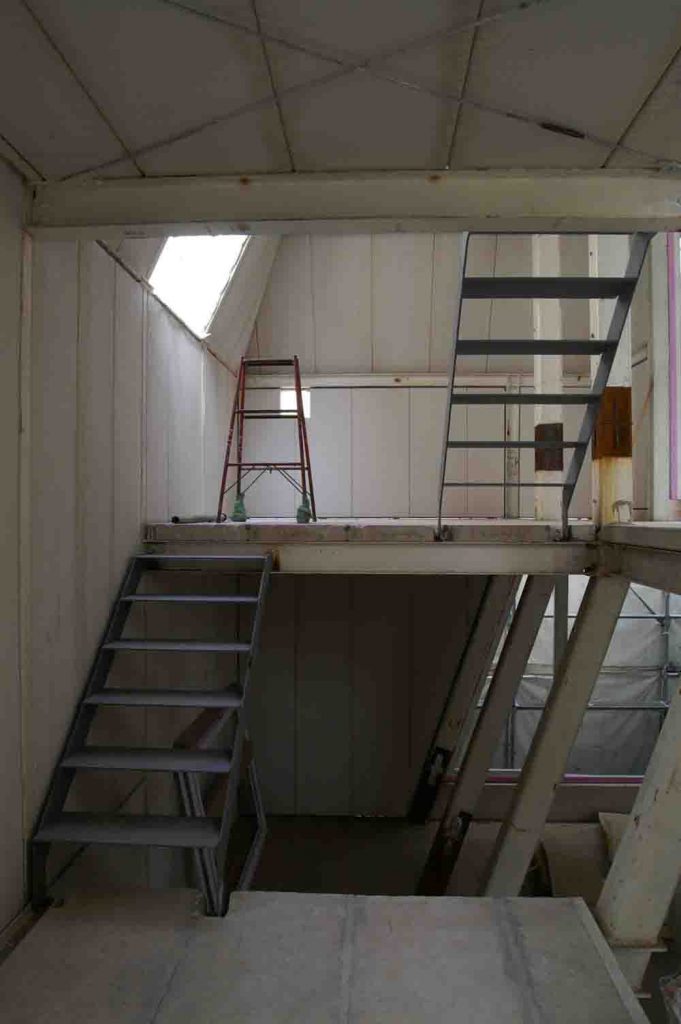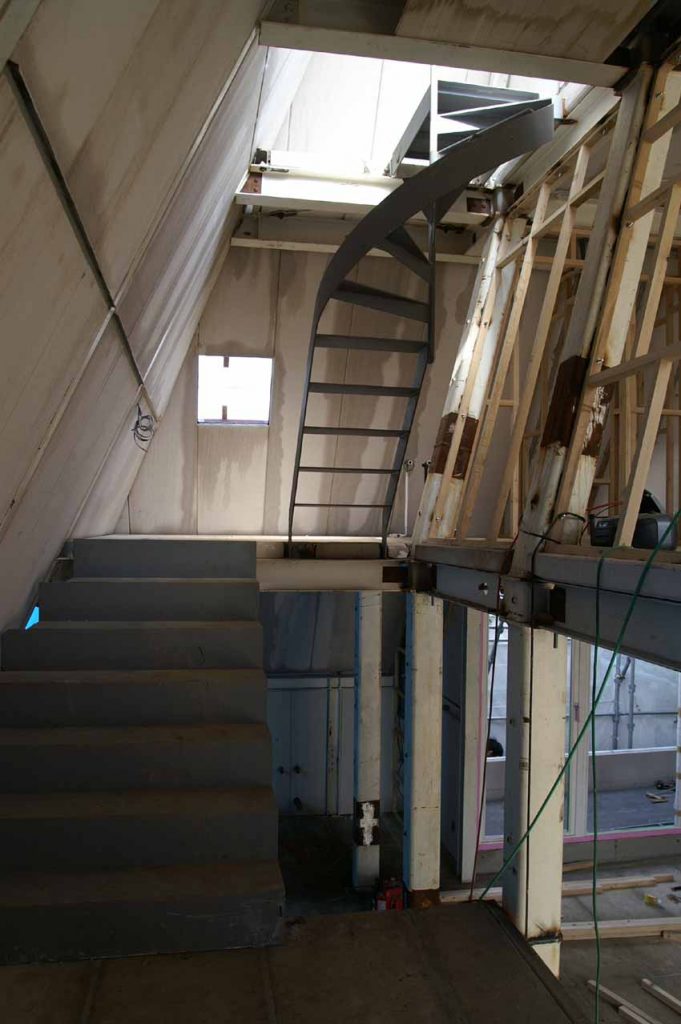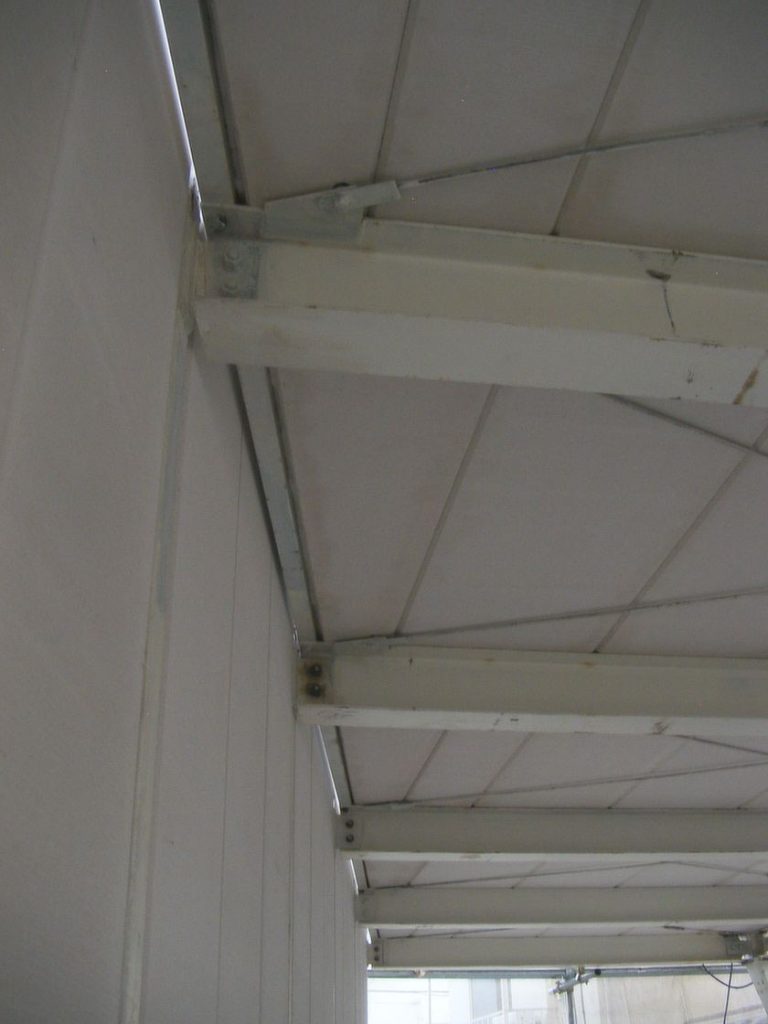Atelier Bow-Wow House
Introduction
The Atelier Bow-Wow House is a remarkable work of Atelier Bow-Wow, Japanese masters of micro architecture, consisting of architects Yoshiharu Tsukamoto and Momoyo Kaijima Shun Takagi.
The whole lot is flag-shaped, surrounded by buildings and connected to the street by a narrow strip of land, therefore it is difficult to design and build there, but it was a cheap site.
Situation
The project is in Shinjuki-ku, one of the 23 special districts of Tokyo and most important commercial and administrative center of the capital of Japan.
Concept
As it is difficult to maintain 3 places at the same time, including a laboratory at the university, Atelier Bow Wow was looking for a site for a building that was once the home and atelier, while at the same time have the opportunity to exploit its vast experience in converting challenging conditions in positive features for the houses.
Spaces
All the spaces are located in just 109 square meters, with very well developed floor plans.
Looking bnot to separate the house, the architects both arrived at a distribution with upper and lower floors, with a small terrace on the roof and all connected through stairs whose supports are a house in themselves.
The surface of the landing of the ladder ranges from 3 to 10 square meters, and the style varies from the stairs to give each room a different degree of privacy.
To fit with the slanted exterior walls resulting from the regulations, the interior columns on the 1st and 3rd floor are also inclined, and affect the habitability of the interior spaces. The resulting form of interior spaces inspired the imagination as to its use.
Structure
The structure is built with plates of concrete and a steel skeleton.
Materials
A well was dug to reach water to be used for cooling and heating.
The water is pumped from the well towards the ceiling and runs down the sloping walls; these walls are cooled during the summer with a spray of water.
The outside wall is covered with asphalt granules to retain water. It’s fun thinking about the building as a rock that perspires, with a circulatory system which can be seen from the neighboring houses. Vegetables are planted on top of this “rock”, and a tall tree with a bench at the entrance.
